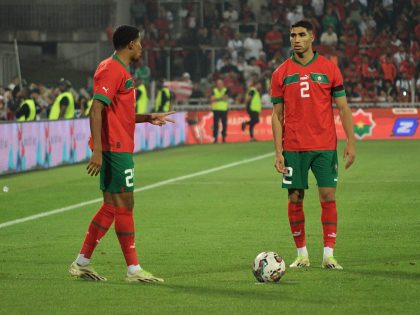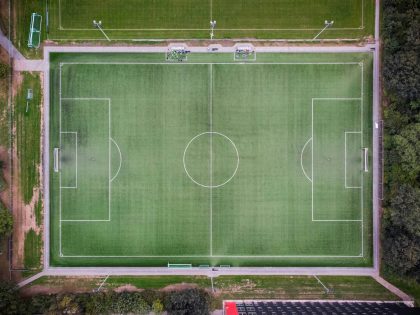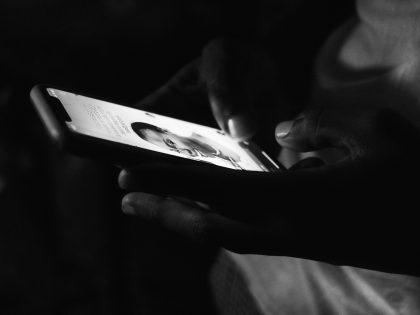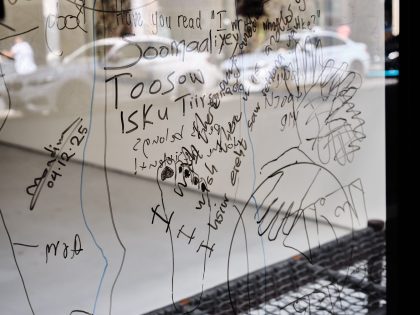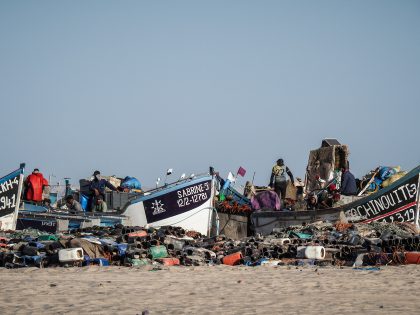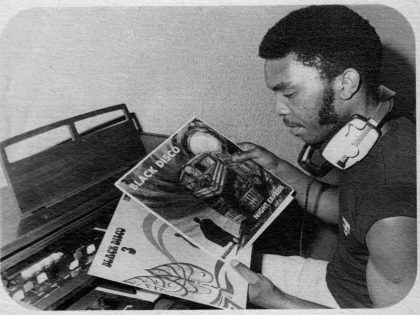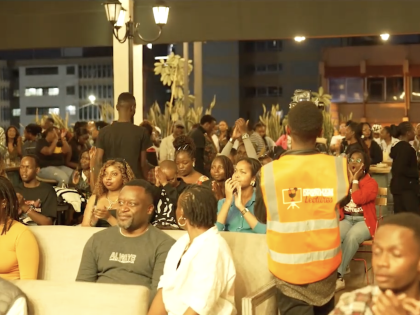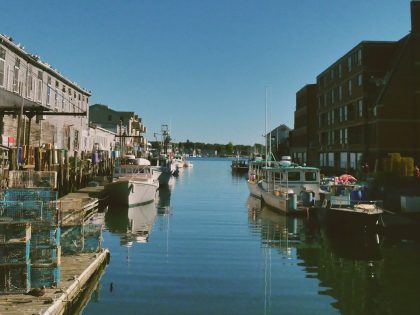Cinderella is Pissed

A prominent South African, his name is unimportant, has yet again lit up the local blogosphere by trivializing sexual violence. He did so by describing gang rape as a free-for-all picnic and then by claiming to have had sexual relations with minors, and this when he was a teacher. The comments would be ‘unfortunate’ anywhere, and the question of sexual relationships with minors would be a matter of criminal inquiry anywhere as well. In South Africa, they carry a particular historical and existential weight and burden. With that in mind, consider a current exhibition at Blank Projects, in the Woodstock section of Cape Town. It’s called “BLOWN”, and it marks the return, of sorts, of Belinda Blignaut to ‘the scene’.
Blignaut was a prominent conceptual artist in the early to mid 1990s. She exhibited at the 1995 Africus Johannesburg Biennale:
South African artist Belinda Blignaut’s work was calculated to evoke a more immediate sense of discomfort for the viewer, through its confrontational exploration of gender and identity. Blignaut scattered posters of herself, half-naked and bound, throughout Johannesburg on bus stops and in public toilets, with no explanation but a local phone-number. Calls were received by an answering machine which was installed in the exhibition space in the ‘Museum Africa’.
From her first exhibition, Antibody, in 1994, to the present, Blignaut’s work has been visceral, arresting, and prescient:
Antibody, a bleak and foreboding little square, in which cover boards and interior are marvelously integrated, operates through visual texts and images bleeding upwards between the pages. What are signified through the interplay between transparent and opaque information are deeply imbedded wounds and the passage of time over which damage is done and healing needs to take place.
1994, as the nation began to begin to think of emerging from the apartheid regime, Blignaut’s art insisted on posing the problem of women’s place in a ‘rainbow’ built on so much violence against women, and on so much violence period. Her rainbow’s colors emerged both from and with wounds, and the colors bled.
Then, for almost twenty years, Blignaut wasn’t much heard from, and now she’s back, with only her second solo exhibition. There’s a lot going on, but for now, consider the “BLOWN” Series itself. Visualize this: a steel slab, 60 cm wide, 130 cm tall, 4 cm thick; perforated and punctuated throughout with “bullet holes from various firearms.” Across the entire surface, in dripping red letters: “CINDERELLA IS PISSED.”
Blignaut transforms “life size” into a death-sized frame and syntax that somehow, also, maybe, offers a dark glimmer of hope. Cinderella is pissed. She’s pissed at the sexual violence, she’s pissed at violence against women and girls, she’s pissed at the trivialization, she’s pissed at the Cinderella-fication and the Rainbow-ification of people’s struggles for a decent and joyful life. It’s a barely lit and dimly seen hope — but it is something.
As Blignaut ‘says’, in “Why I Make”:

In Belinda Blignaut’s South Africa, as in the South Africa of so many women and girls across the country, the fire next time is burning right now.
* BLOWN runs until May 5 at Blank Projects, Cape Town, South Africa.


